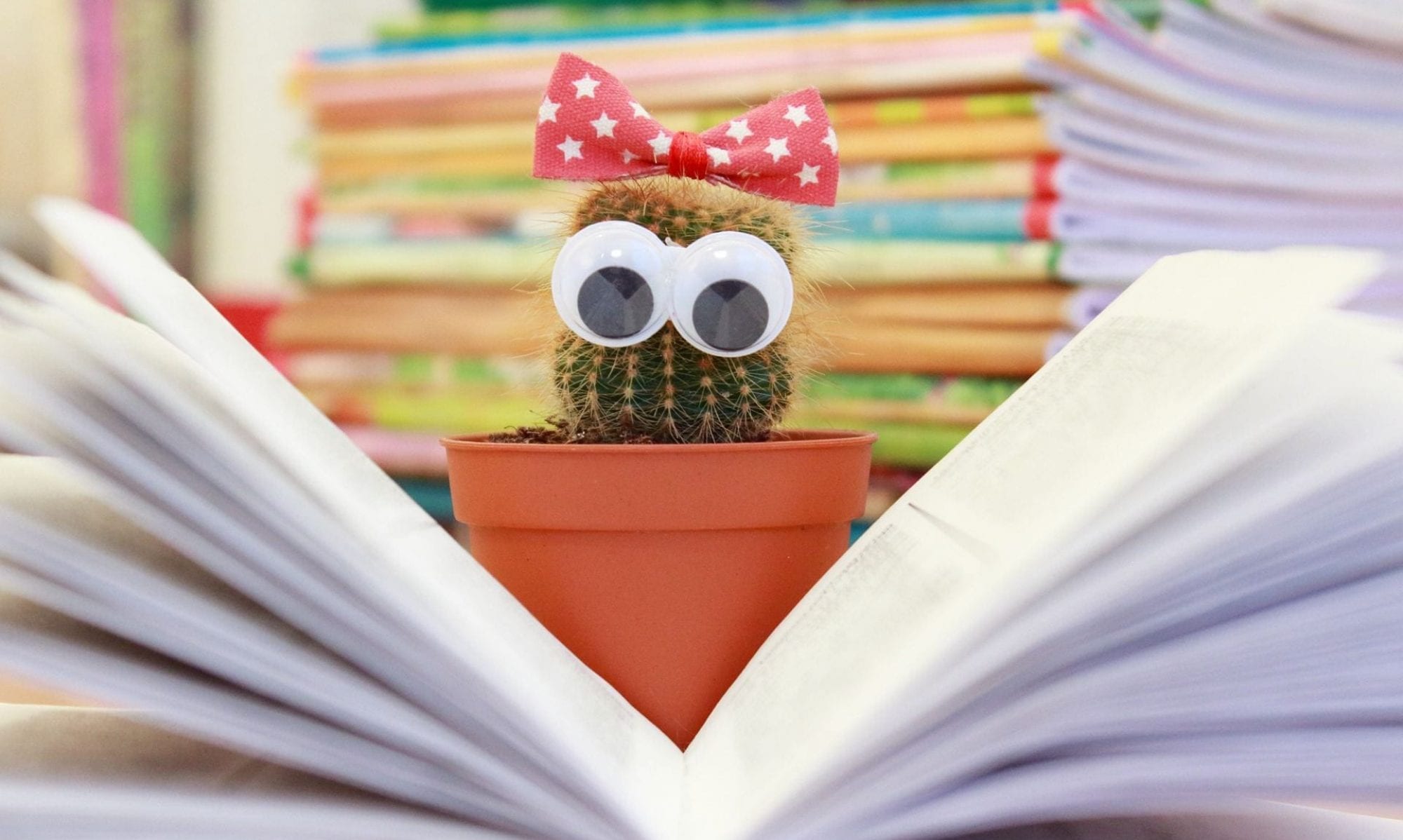Module 1 discussed trends and developments in literature – from Gutenberg’s moveable type printing press to eBooks and digital narratives. I understand the speed at which changes to literature is occurring now, in relation to previous innovations. The use of reading and digital texts in the classroom needs to be able to value add and enhance the learning experience. Changes in format are also impacting pedagogy, and the way students comprehend information. ICT should be embedded into classrooms, providing a solid platform for introduction of different text formats.
Do we need to change how we teach comprehension and literacy? I think is it important for students to have opportunities to explore these skills using different text formats. I also think that for each type of format there are differences in how we note-take and comprehend the information. A discussed in Learning 2030 student have an intuitive sense for games on devices, but not necessarily education. They need to be taught hose to use their devices to find the information required. This aligns with digital literacy and information literacy skills which students will need to be effective 21st century learners and citizens.
Embedding and value adding with ICT in classrooms is integral to its use. The access which can be made to information and resources through digital connections can help students to see the bigger picture, as well as access resources they may not have been able to from a physical library.
Moving from print literature to digital literature can also increase student engagement and understanding of concepts. There can be more interactive elements within digital literature, and ways to expand on ideas and provide definitions and images to help build background knowledge. This could be highly useful for disengaged readers – particularly if you are able to access graphic digital narratives.
Literature in a digital environment can vary from the standard scanned eBook to electronic game narratives. I think the distinction in types of digital literature is important to understand when choosing a title. Do you just want to be able to display the book on a screen or do you want students to be able to interact with it, or have it read to them? I did not realise there were so many sub-categories of digital narratives. But is it clear that they all serve different purposes.
Walsh’s chapter highlights how to evaluate digital texts, and she does so through a comparison to good literature. What does the digital text add to the reading experience? How does what is adds connect to good literature? We should not be using digital texts ‘just because’, they need context and they need to add to student learning.
I found this Module helpful in understanding different types of digital literature, and ways to assess its quality. The key point for me here was that context and the value it adds are very important.
When developing my library collection, I will pay closer attention to digital narratives which are available. I will provide access to them through the library homepage or as favourite links on school computers. I will promote them and their usefulness to class teachers as alternate text types. I think having a better understanding of the types of digital literature and ways to evaluate it will be beneficial for collection development and motivation of disengaged readers.
References
The Agenda with Steve Paikin. (2013, October 4). Learning 2030: From books to screen [Video file]. Retrieved from https://youtu.be/215NPpHsQPk
Walsh, M. (2013). Literature in a digital environment. In L. McDonald (Ed.), A literature companion for teachers (pp. 181-194). Marrickville, NSW: Primary English Teaching Association Australia (PETAA). Retrieved from https://doms.csu.edu.au/csu/file/863c5c8d-9f3f-439f-a7e3-2c2c67ddbfa8/1/ALiteratureCompanionforTeachers.pdf

